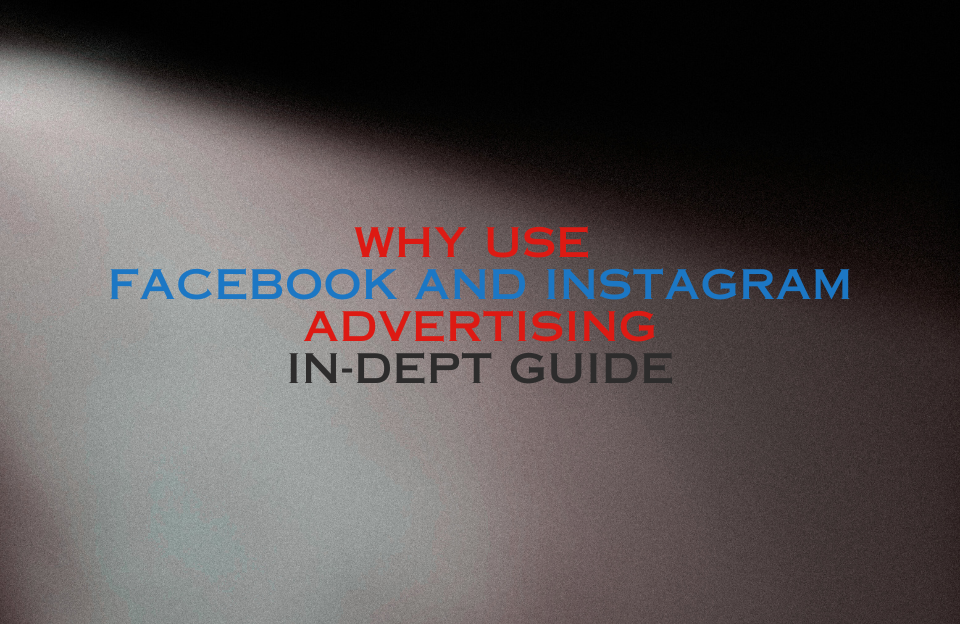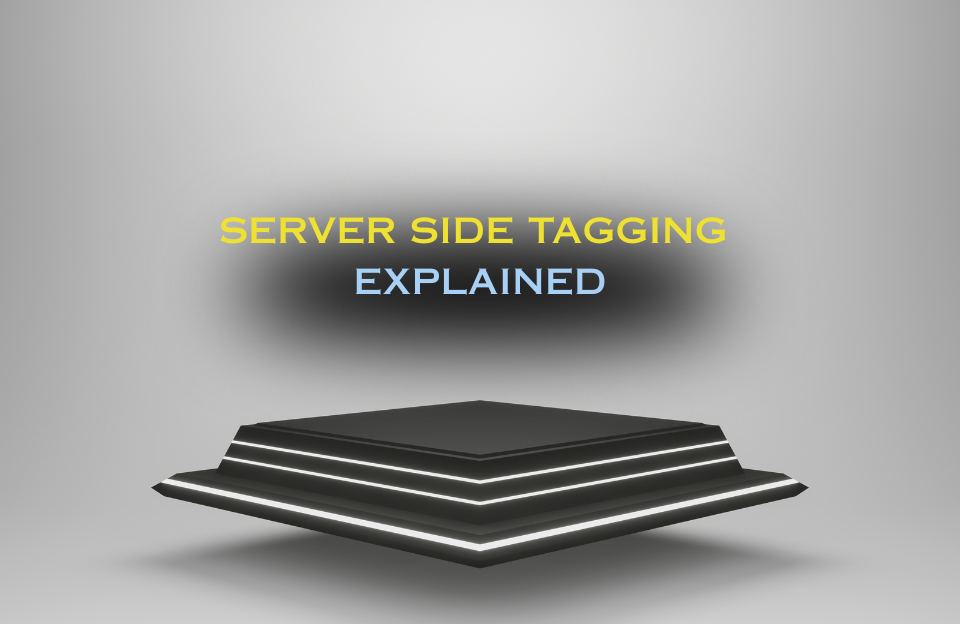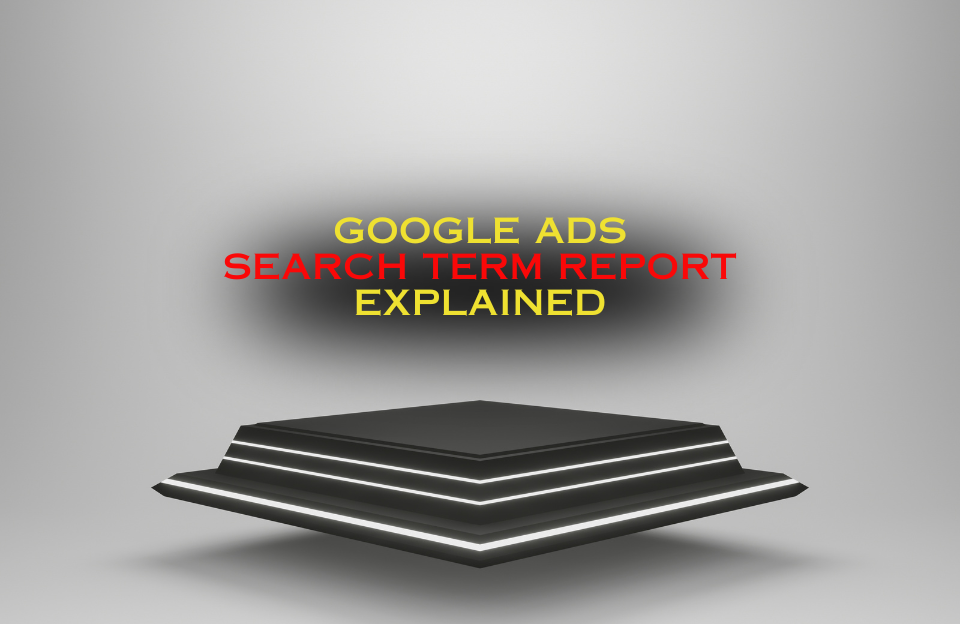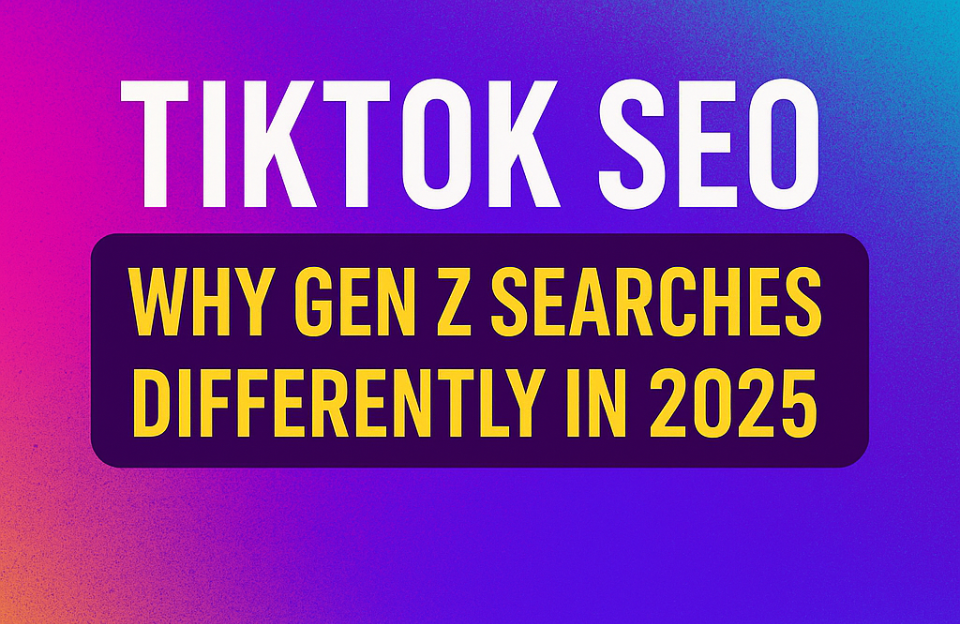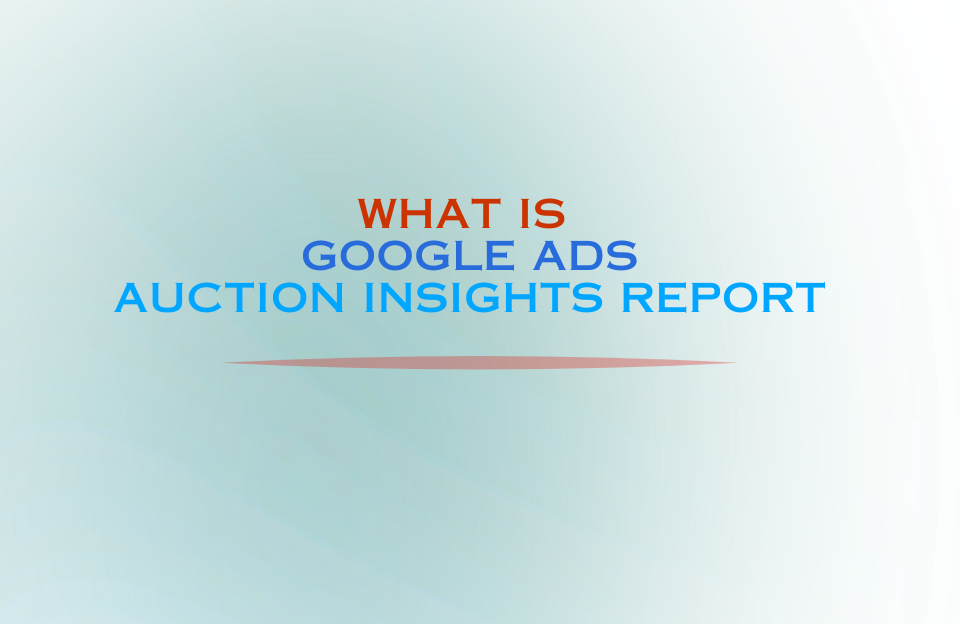In a world saturated with digital content, reaching the right audience at the right time is everything. Enter Meta Ads—the combined power of Facebook and Instagram advertising. While some advertisers view these platforms as mainly B2C-focused, the truth is that Meta offers one of the most advanced, flexible, and cost-effective advertising ecosystems available. Whether you’re promoting a product, service, event, or brand, Meta Ads provide unparalleled reach and targeting. In this blog, we’ll break down the strategic advantages of advertising on Facebook and Instagram, the differences compared to other channels, and how to get the most out of your Meta investment.
Reach and Audience at Unprecedented Scale
Facebook and Instagram collectively reach more than 3 billion users globally. That includes:
- Teenagers on Reels
- Young professionals scrolling through Stories
- Parents browsing Marketplace
- Decision-makers engaging in industry groups
Unlike LinkedIn or Google, Meta doesn’t rely on search intent or professional identifiers. Instead, it excels at matching ad creatives to users based on behavior, interest, context, and social signals—a true interest-based marketing engine.
Key Advantages of Facebook & Instagram Advertising
1. Massive Reach, Micro Targeting
You can reach broad audiences or zero in on specific demographics:
- Age, gender, location
- Behaviors (e.g., frequent travelers, online shoppers)
- Interests (fitness, fashion, tech, etc.)
- Life events (recently moved, new relationship, birthday)
- Lookalike audiences based on website or customer data
2. Budget-Friendly for All Sizes
You can start with as little as €5 per day. Meta optimizes for results across any budget and automatically distributes spend across high-performing placements.
3. Versatile Ad Formats
- Stories, Reels, Carousels
- Image and video ads
- Collection ads (e-commerce)
- Instant Experience (full-screen mobile landing)
- Lead forms (no landing page required)
4. Retargeting Made Easy
Meta Pixel + Conversion API make it easy to:
- Retarget website visitors
- Remarket to abandoned carts
- Cross-sell to previous buyers
- Re-engage people who engaged with your Instagram profile
5. Powerful AI & Machine Learning
Meta’s Advantage+ campaigns, dynamic creatives, and automated rules let you test and scale what works without constant manual adjustment.
Disadvantages and Limitations
1. Privacy Changes & Data Limitations
iOS 14.5+ has limited Meta’s tracking abilities, especially for off-platform behavior. While the Conversions API helps recover data, advertisers may see drops in attribution precision.
2. Saturation & Ad Fatigue
Users are bombarded with ads. If your creative doesn’t stand out or refresh often, performance will decline over time.
3. Less B2B-Specific Targeting
While Facebook has job title and company-based options, they are less reliable than LinkedIn’s native B2B data.
4. Limited Organic Reach
Relying solely on organic content won’t get you far anymore. Meta is very much a pay-to-play environment.
Facebook vs. Instagram Advertising: Key Differences
| Feature | ||
|---|---|---|
| User base | Broader, older | Younger, visual-first |
| Ad formats | More versatile | Stronger for Reels/Stories |
| Text-friendly? | Yes | No (visual-first) |
| Shopping integrations | Marketplace, Shops | Shops, product tags |
| Engagement style | Click-driven | Scroll + visual |
| Best for | Traffic, lead gen | Brand & product discovery |
Meta Ads vs. Other Platforms
| Platform | Strengths | Weaknesses |
|---|---|---|
| Meta (FB/IG) | Creative control, wide targeting, low CPM | Less professional data, privacy issues |
| Google Ads | Intent-based (search), high conversion intent | Limited creative options |
| LinkedIn Ads | B2B targeting, professional context | High CPC, slower conversion cycles |
| TikTok Ads | High engagement, virality potential | Young demographic, fast creative fatigue |
Meta Ad Formats Overview
- Image Ads: Simple, effective, ideal for single messages.
- Video Ads: Great for storytelling or demonstrating value.
- Carousel Ads: Showcase multiple products or features.
- Reels/Stories: Full-screen vertical content with high engagement.
- Lead Ads: Capture info without leaving the platform.
- Dynamic Product Ads: Auto-personalized ads for e-commerce.
Smart Targeting Strategies
- Use Custom Audiences from website visitors, email lists, or social engagers
- Create Lookalike Audiences to expand reach with AI
- Layer interests + behaviors for precision
- Use location targeting for hyper-local campaigns
- Test broad targeting with Meta’s Advantage+ audience
Suggested Campaign Types
- Lead generation: Pair a lead form with an eBook or special offer
- E-commerce: Use catalog sales with dynamic ads + retargeting
- Brand awareness: Focus on video views or engagement objectives
- Event promotion: Promote with location, interest + reminder ads
- Local business: Drive in-store visits with location + call ads
Budget & Cost Benchmarks (Indicative)
| Objective | Average CPC | CTR (avg) | CPM Range |
|---|---|---|---|
| Traffic | $0.30–$0.80 | 1–2.5% | $5–$12 |
| Conversions | $1.00–$3.00 | 0.8–2% | $8–$20 |
| Lead generation | $0.80–$2.50 | 1–2% | $6–$15 |
| Video views | $0.01–$0.05/view | N/A | $2–$8 |
Pro Tips for Better Performance
- Rotate creatives every 7–14 days to avoid fatigue
- Use native formats (e.g. Reels, Stories) for better engagement
- Optimize landing pages for speed + clarity
- Use UTM-tags for better cross-platform attribution
- Combine with email/SMS nurturing after lead capture
When Should You Use Meta Ads?
Choose Meta Ads if:
- You want high-volume reach with low cost
- You sell consumer products or visually engaging services
- You want to scale lead generation or retargeting
- You’re running time-sensitive campaigns (events, launches)
Avoid relying solely on Meta if:
- You only sell to high-level B2B decision-makers
- Your product/service is high-ticket with a long sales cycle and little visual appeal
Final Thoughts
Facebook and Instagram advertising remains a cornerstone of digital marketing in 2025. While competition has increased, Meta’s advertising tools continue to evolve, offering powerful AI, flexible formats, and budget-friendly scalability. When executed strategically, Meta Ads are more than a traffic driver—they’re a full-funnel engine for growth.
Already running Meta Ads? Complement your strategy with our detailed Facebook Advertising Guide or explore new formats through A/B testing.
Meta Ads don’t just meet people where they are. They meet them where they’re most likely to act.
